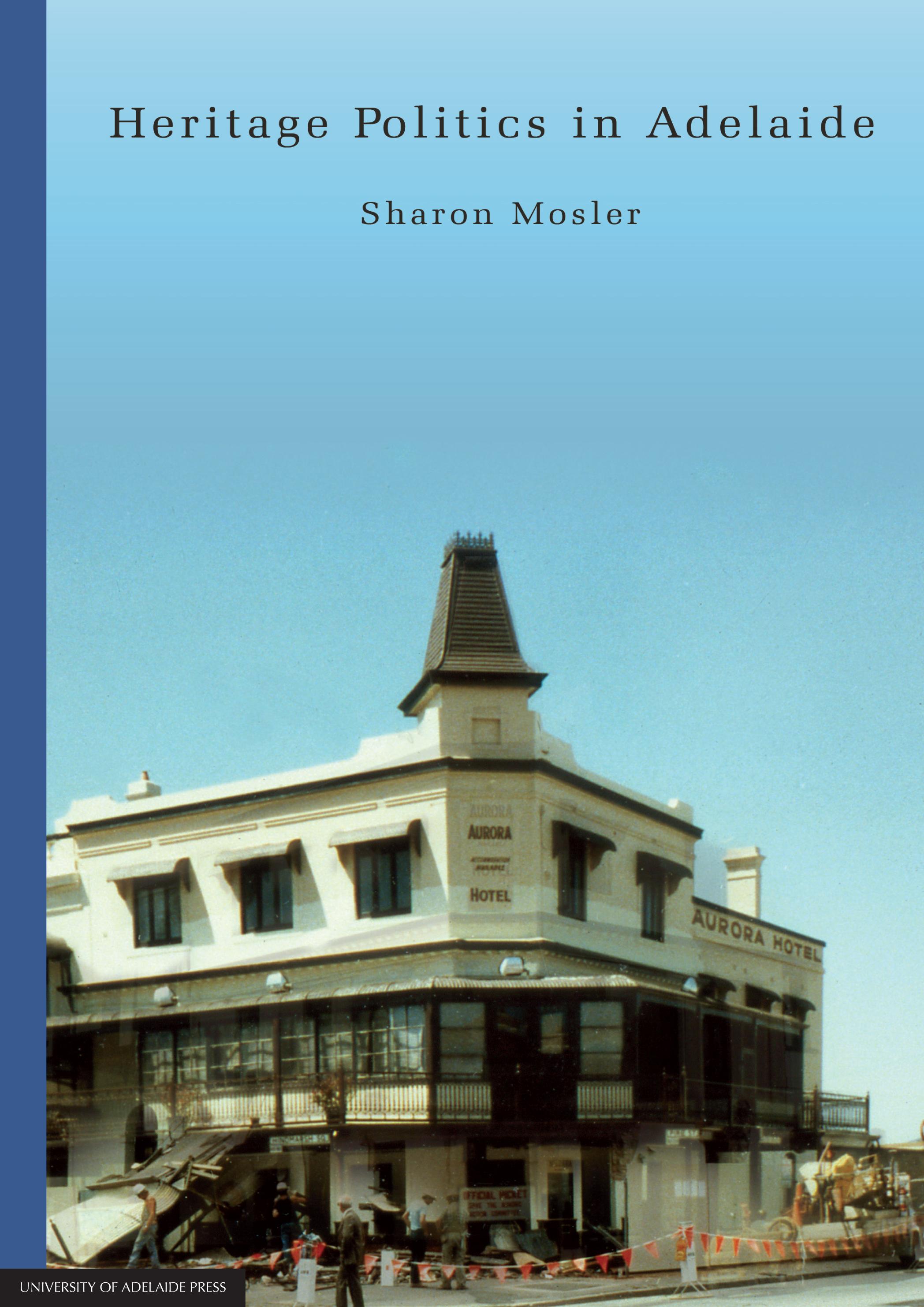Heritage politics in Adelaide

by Sharon Mosler
FREE | 2011 | E-book (PDF) | 978-0-9870730-3-7 | 202 pp
DOI: https://doi.org/10.1017/UPO9780987073037
In the 1970s the Australian Commonwealth Government and three States, Victoria (1974), New South Wales (1977) and South Australia (1978), passed legislation to protect the built heritage within their jurisdictions. The legislation was primarily a response to two factors: a large number of public protests against the demolition of historic buildings in all Australian states by the 1970s and the influence of the UNESCO World Heritage Convention, which the Whitlam Government (1972–75) embraced enthusiastically. The other states, with governments that were more influenced by development interests, were slow to follow the federal lead.
In this study, Sharon Mosler examines heritage issues and conflicts in Adelaide from enactment of the first South Australian Heritage Act in 1978 to its successor in 1993, and also analyses issues leading from that period into the twenty-first century. State legislation introduced by the Labor government of Premier Mike Rann (2002–2011) affected the built environment significantly since this book began. The Rann government gave the built heritage a low priority in its strategic plan compared to population growth, while the Adelaide City Council became more balanced in the past decade, although the council too has focused on increasing Adelaide’s population. The result has been more high-rise buildings at the expense of heritage conservation and historic precincts.
